
The 11 best things to do in and around Norwich, England

Jul 9, 2025 • 10 min read
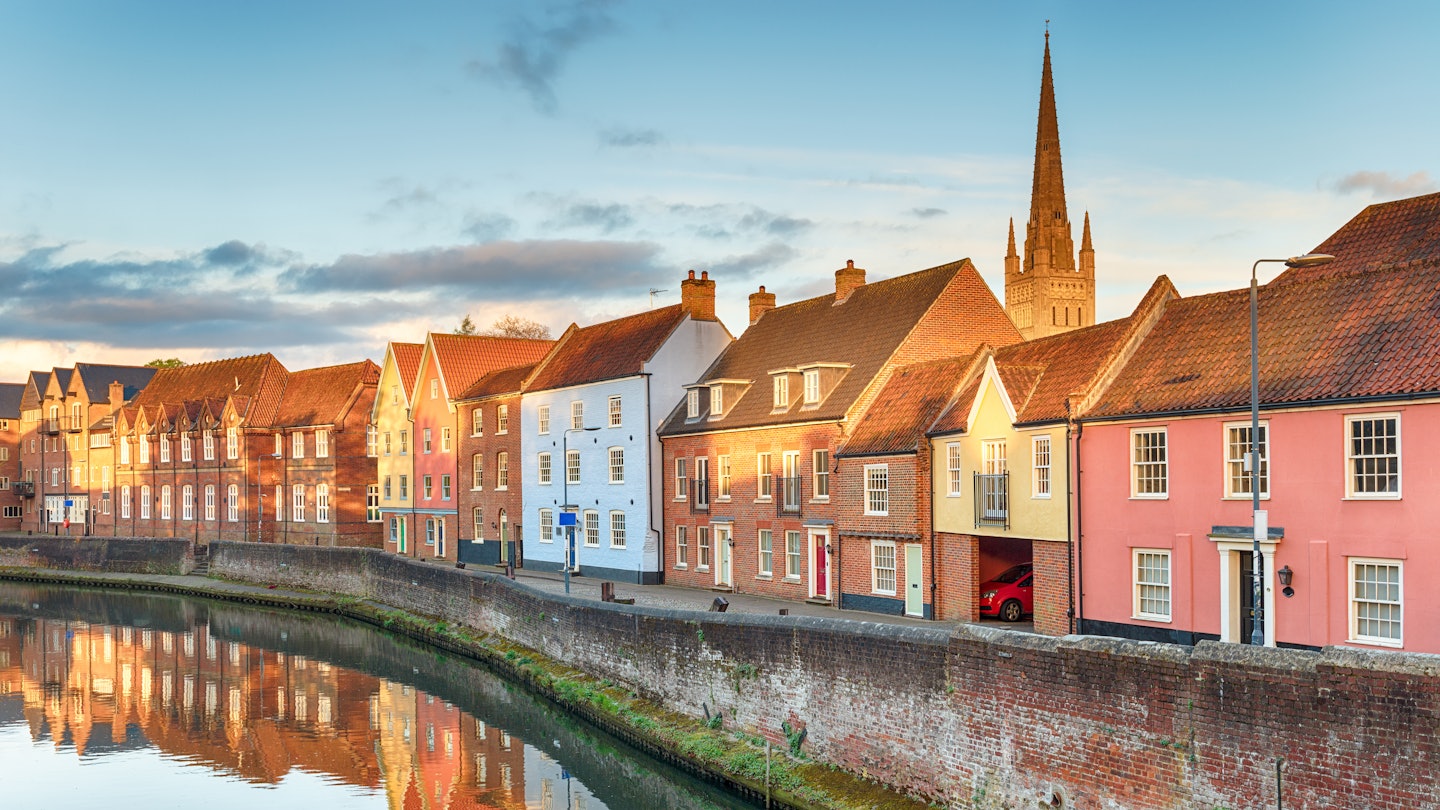
Norwich is a city steeped in history and culture. Helen Hotson/Shutterstock
Despite having a top-class dining scene, fascinating museums and historic buildings, and the biggest collection of medieval churches in England, Norwich sits agreeably off the mainstream map. Compared to tour-group-thronged Cambridge, this is a place where you can step back from the tourist hubbub and exhale.
The capital of Norfolk since Anglo-Saxon times, Norwich was once the second-most-important city in England after London. Local merchants amassed phenomenal wealth in the early medieval period thanks to the local wool industry, yet Norwich’s fortunes waned as the economy shifted to cotton, seafaring trade and heavy industry.
Today, Norwich is blessed with rich history, vibrant culture and a commendably independent attitude. Compared to other English cities, you’ll find fewer chains and more small, locally run shops, bars and restaurants. Spend the days browsing antique markets, visiting museums and admiring the ceilings of the city’s beautifully proportioned cathedral, then fill the nights with fine dining, live music and theater.
Did we mention that it’s easy to get here? Trains zip in from London in less than two hours, with easy connections to nearby stately homes, the Norfolk coast and the boat-thronged waterways of the Norfolk Broads. To get you in an East Anglia mood, here are the best things to do in and around Norwich.
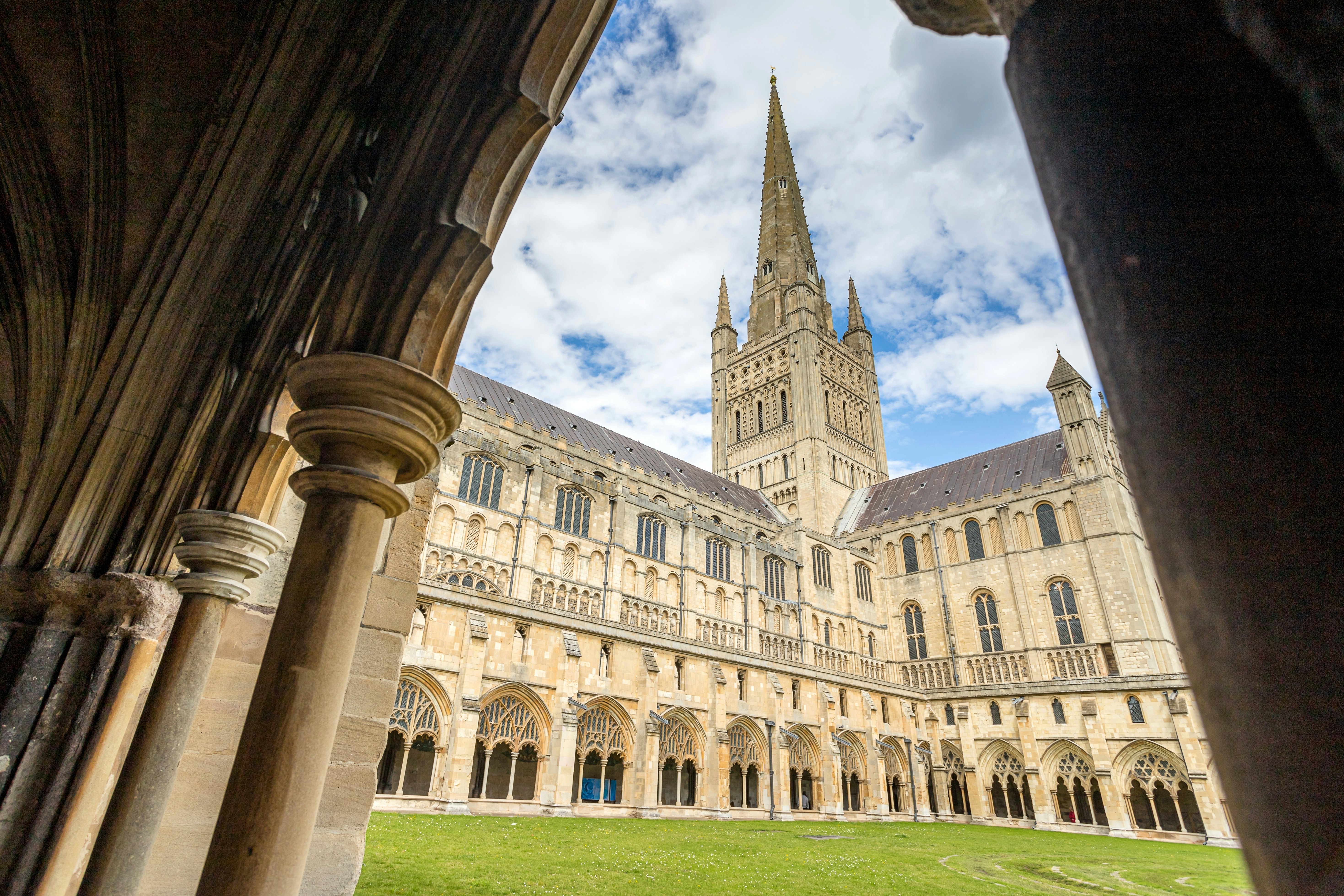
1. Spot dragons on the ceiling of Norwich Cathedral
The spire of Norwich’s immense 11th-century cathedral is England’s second-highest, after Salisbury. In its cavernous interior, carved stone bosses support a soaring fan-vaulted ceiling, with fire-breathing dragons, besieged castles, choirs of angels and pagan green men among the spidery stonework.
Construction of this Anglican cathedral – not to be confused with Norwich’s Victorian-era Catholic cathedral – started in 1096. Visible from across the city, its sky-piercing, 96m-high (315ft-high) spire is actually the cathedral’s third, built in 1485 to replace two earlier towers destroyed by storms and fire. Peregrine falcons nest here every spring, live-streamed by the Hawk & Owl Trust.
In the vast nave, look up to admire the superb Gothic rib vaulting, added in 1463, and the ornately sculpted 13th-century roof bosses depicting allegories and scenes from Bible stories. You can view more bosses up close in the extraordinary two-story cloister – the country’s largest – which served a community of about 100 monks before the abbey was dissolved during the Reformation.
Surrounding the cathedral, the 18-hectare (44.5-acre) Cathedral Close borders the River Wensum, flanked by historic buildings. Right outside the cathedral is the chapel of King Edward VI School, where British naval hero Admiral Horatio Nelson was educated.
Planning tip: To experience the cathedral’s stunning acoustics, attend Evensong on Sundays at 3:30pm, and from Monday to Friday at 5:30pm.
2. Dive into East Anglian history in the Norwich Museums
Under the umbrella of the Norfolk Museums Service, imposing Norwich Castle on the hilltop, the Museum of Norwich at the Bridewell and Strangers’ Hall at Charing Cross tell the founding story of Norwich, Norfolk and East Anglia. All three are packed with treasures drawing on at least 5000 years of history.
Start your journey through time at the 12th-century castle (a multimillion-pound renovation is due to wrap up in 2025). When the museum fully reopens, visitors will have step-free access to galleries of stuffed animals, Roman and Egyptian relics, contemporary art, and displays telling the story of Boudica, the Iceni queen who led the native British resistance against the Roman occupation in the first century CE.
The two-floor Bridewell museum focuses on the city’s industrial history, from wool- and shoe-making to Colman’s mustard, with a fine mock-up of a vintage 20th-century pharmacy. The Tudor-era Strangers’ Hall has replica period furniture recreating the elegant life of Norwich’s wealthy wool merchants in the 14th century; it’s open Wednesday and Sunday only.
Detour: Also worth investigating is the South Asia Collection, set in a former skating rink near the Norwich Theatre Royal. Part shop, part museum, it showcases furniture, fabrics and crafts from across Asia and Southeast Asia.
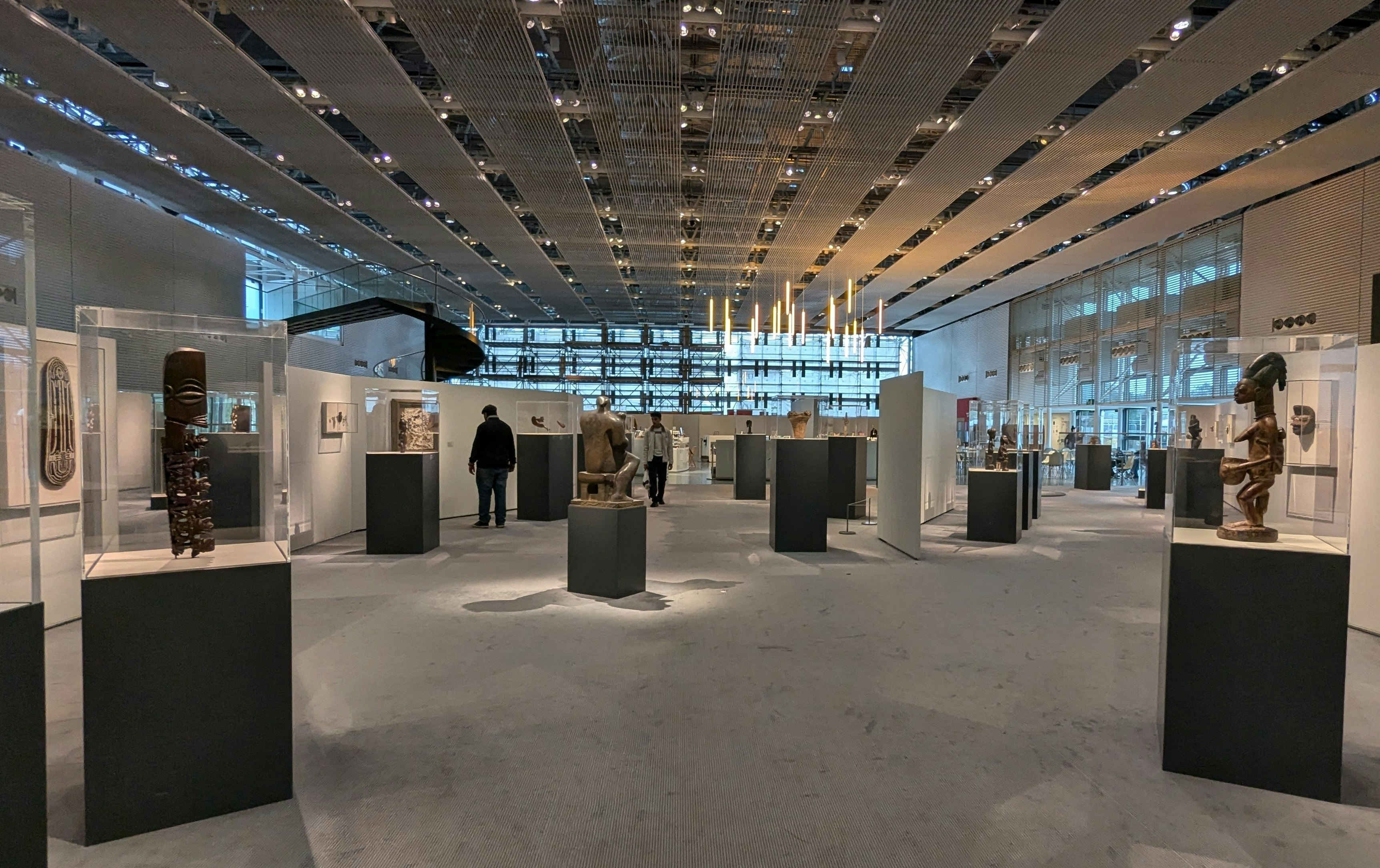
3. Explore global creativity at the Sainsbury Centre for Visual Arts
Housed in a Norman Foster–designed pavilion at the University of East Anglia, Norwich’s most impressive art collection was amassed not by gallery curators but by supermarket mogul Sir Robert Sainsbury. The superstore’s orange color scheme is notably absent; instead, the Sainsbury Centre for Visual Arts has over 5000 pieces of exceptional art.
On display are masterful paintings by David Hockney and Francis Bacon; sculptures by Edgar Degas, Henry Moore and Alberto Giacometti; and gathered objects from myriad cultures – from the Arctic to the Aztecs – all set in calming grey spaces. You’ll need an hour or two to browse the paintings, sculptures, masks, carvings, statues and modern artworks.
Planning tip: The university is about 4 miles (6.4km) west of the center; you can get here on bus 25 in about 25 minutes.
4. Unleash your inner author in the “City of Stories”
Fire up your inner creativity at the Dragon Hall, a dragon-carved medieval trading hall, built in 1427 on the site of an earlier Anglo-Saxon dwelling. It’s now the inspiring home of Norwich’s National Centre for Writing (NCW), which hosts a packed program of courses, workshops and live performances exploring the rich culture of Norfolk’s self-styled City of Stories.
From Sundays to Wednesdays, you can take a free self-guided tour of the hall and pick up a walking guide featuring local writers, who bring the city’s stories (real and imaginary) to life. Dragon Hall also plays an important role in local festivals, including the City of Literature Weekend, part of the highly regarded Norfolk & Norwich Festival each May.
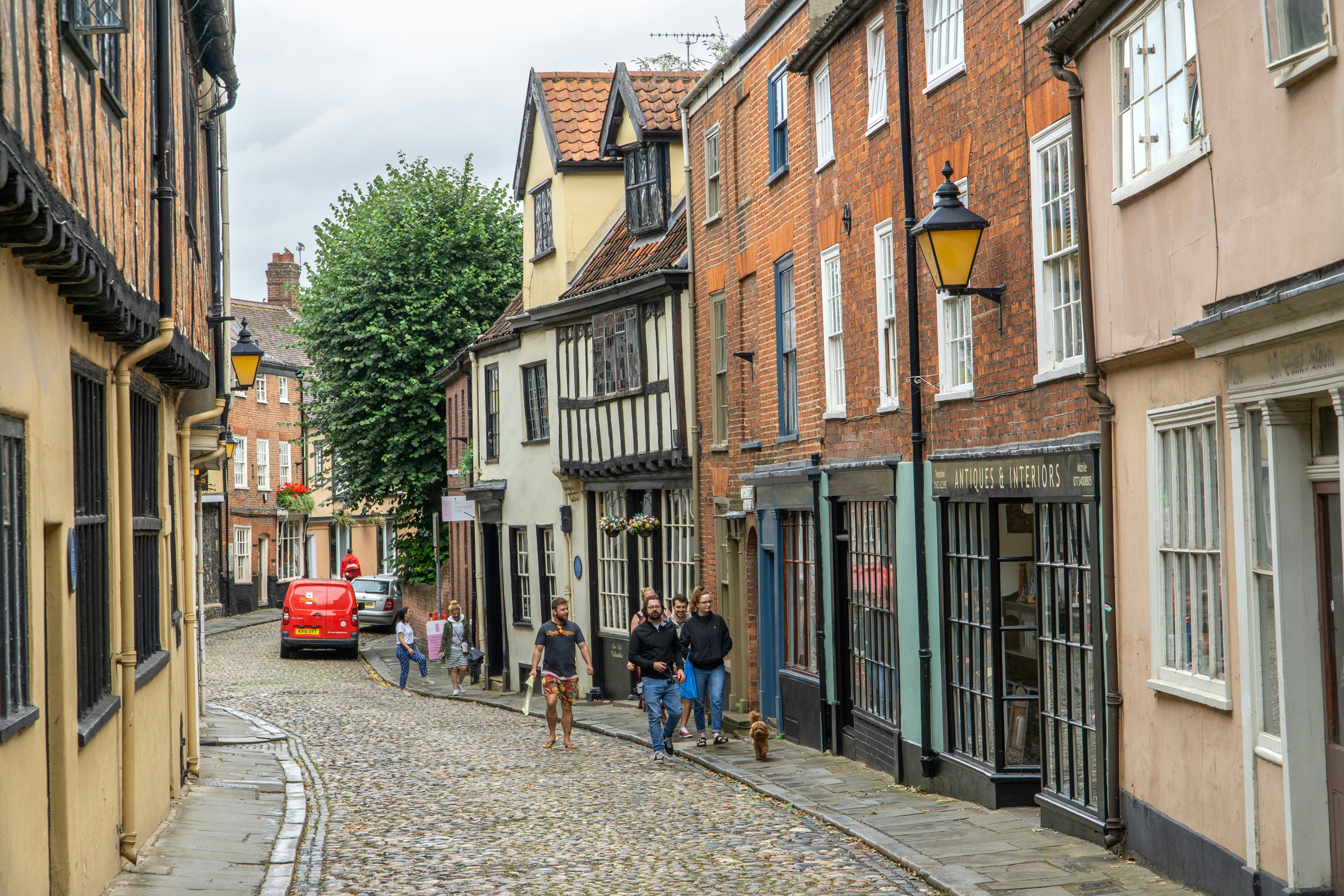
5. Go antique shopping and take home a piece of history
Across Norwich, shops are piled high with heirlooms and bric-a-brac, and many of the city’s historic churches have become hubs for local antique dealers. Start browsing at Looses Emporium, piled with treasure, trinkets and tat, from period furniture and vintage glad-rags to reclaimed shop signs and plastic Daleks.
Set inside a retired medieval church, St Gregory’s Antiques & Collectables is a treasure house of ceramics, clothes, furniture, collectible toys, old vinyl and more. There’s another well-stocked church antique market at the All Saints Antiques Centre on Westlegate. Visit MadderMarket Antiques for heirloom jewelry and silverware, or P Milnes Antiques & Curios for macabre objects such as skeletons, scientific instruments and taxidermy.
6. Explore literary Norwich
Norwich has a literary tradition dating back to medieval times, and locals are still keen bookworms. Close to Norwich’s 900-year-old market, the Norfolk & Norwich Millennium Library lends out more books than any other library in the country.
Also worth investigating is the collection of 20,000 books belonging to the library of Norwich Cathedral, with some works dating from the 15th century. Close to Dragon Hall, you can visit another literary landmark – St Julian’s Church, containing the monastic cell where the 14th-century writer Julian of Norwich wrote Revelations of Divine Love, the first piece of English-language writing attributed to a female writer.
If you’re in a literary mood, stock up on reading material at Norwich’s quirky independent bookshops, including peppermint-green-painted Book Hive in the Norwich Lanes, children’s bookshop Bookbugs & Dragon Tales, and vast antiquarian emporium Tombland Bookshop, set in a timbered 15th-century building opposite the cathedral.
Planning tip: If you’re browsing on a market day, the food stalls here are a great stop for lunch, with everything from falafel to hog roast and wok-tossed noodles. Most stalls are open from around noon to 3pm, Monday to Saturday.
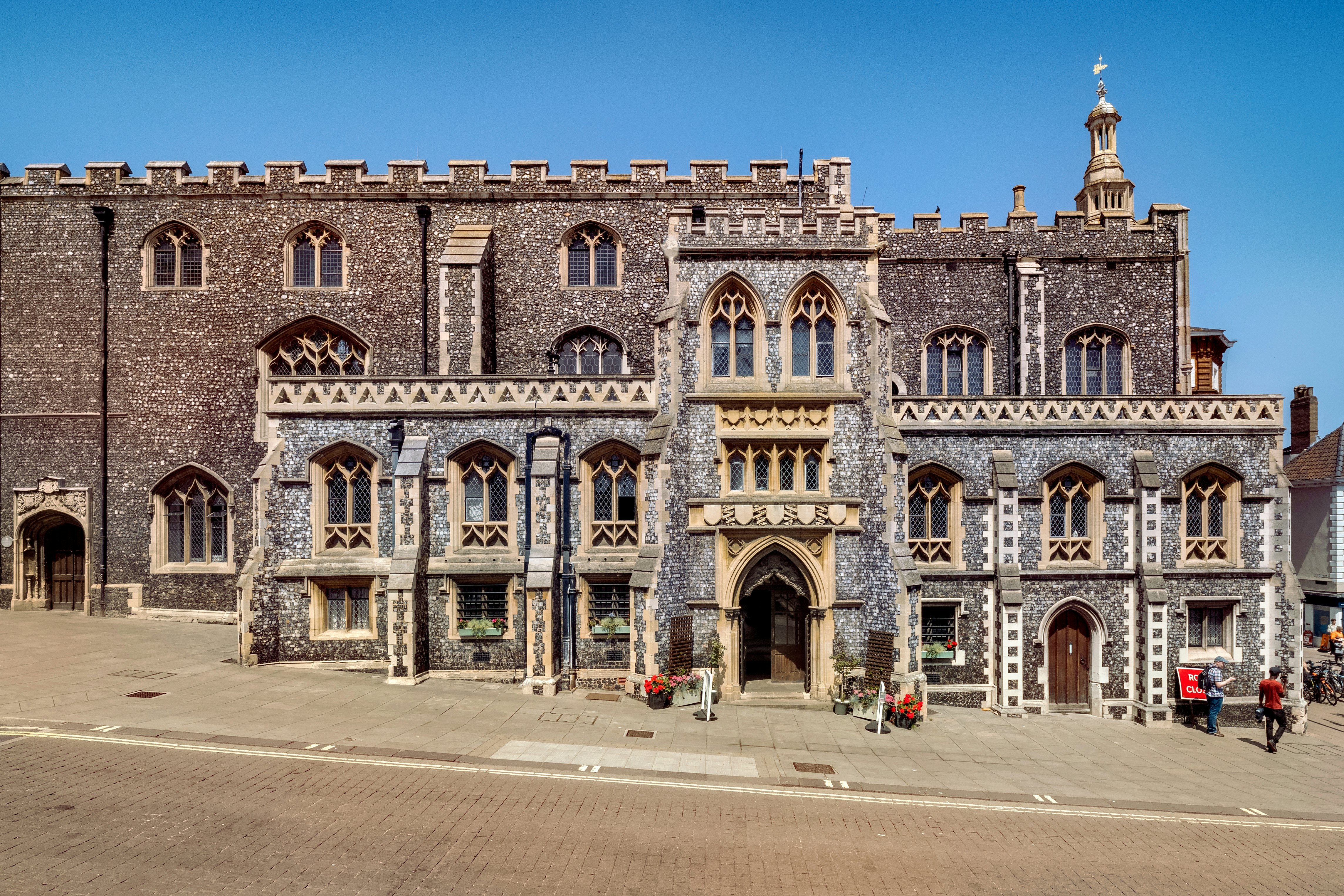
7. Wander Norwich’s church-dotted medieval lanes
To get a feel for Norwich life, while away a few hours in the Norwich Lanes, an enchanting knot of church-studded medieval alleyways brimming with independent shops selling a tantalizing array of clothing (both new and vintage), jewelry, homewares, books, vinyl, antiques and gourmet deli goods. There’s even an independent department store, Jarrolds, founded in 1823.
At the gateway to the Lanes, the early-15th-century Guildhall houses the offices of the Norfolk & Norwich Festival. Tours several times a month will take you behind the intricate flint-work facade. Mostly pedestrianized, the Lanes are also filled with cafes, restaurants, pubs and bars, live-music venues, a theater and an independent cinema. Make time for a giant, sumptuously sticky bun at Biddy’s Tearoom.
Planning tip: As you wander Norwich’s backstreets, you’ll pass dozens of impressively old houses of worship. During the medieval period, the city boasted 56 parish churches, and 18 of these historic properties are looked after by the Norwich Historic Churches Trust; contact them for information on how you can visit them.
8. Graze at Norwich’s gourmet restaurants
Norwich has a food culture that would put many much bigger cities to shame. Topping the bill for foodies is sleek Mark Ponyton at Caistor Hall, fêted with a Michelin star in 2025; its sophisticated six- and eight-course tasting menus feature premium ingredients from across the region. Continue the food safari a little further south in Stoke Holy Cross, where Stoke Mill cooks up a treat in the former Colman’s mustard mill, with a menu big on steaks and pan-fried fish from the East Anglian coast.
In town, St Benedicts St is the address for gourmets. Along a street lined with good places to eat, you’ll find Benedicts, where star chef Richard Bainbridge showcases regional ingredients and classical cooking techniques. Over on London St, Brix & Bones is another rising star, helmed by chef George Wood.
North of the river on St George’s St, The Last Wine Bar & Brasserie is under the diligent supervision of Sebastian Taylor, formerly of the Ritz in London (after dinner, stop for a drink at the nearby Playhouse Bar, a popular stop for the student and theater crowds). Vegetarians and vegans make a beeline for River Green, where award-winning veggie cooking more than justifies the trip to Trowse Newton on the southern fringes.
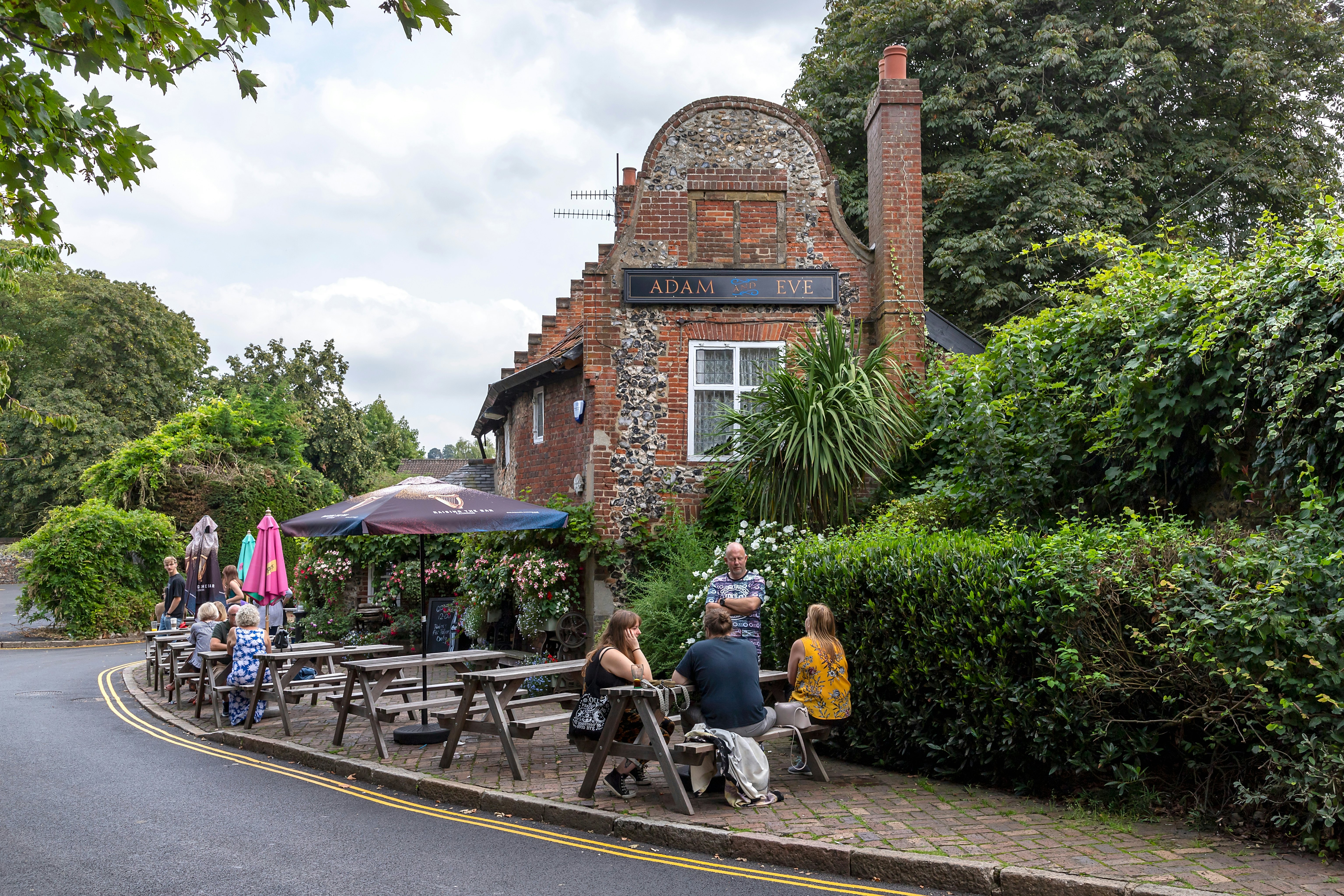
9. Enjoy a pint in a centuries-old pub
Norwich has a brewing history spanning centuries, and while it lacks the famous names of ale towns such as Southwold (home of Adnams) and Bungay (home to St Peter’s Brewery), there’s a craft beer scene that’s going from strength to strength. The Fat Cat Brewery has a highly regarded pub on West End St, while vegan and gluten-free specialist Redwell Brewing Company has a taproom on the southeast side of the city.
For a pint with real history, drop into the venerable Adam & Eve pub, close to the river at Bishopsgate at the north end of town; the first tavern on this site opened in 1249. Another historic watering hole that has been wetting throats since the 13th century is the bar at the Maids Head Hotel at Tombland.
10. Take in a live show
As the home of the University of East Anglia and the Norwich University of the Arts, this lively student town has a buzzing art scene, and there’s always something interesting happening on the stages of the town’s theaters. Check out the listings at the three premises of the Norwich Theatre – the Theatre Royal, Stage Two and the Norwich Playhouse – or investigate smaller, more-intimate spaces such as the Maddermarket Theatre.
Live music is also a big deal in Norwich. Top talent plays at the University of East Anglia, while up-and-coming bands get toes tapping at partner venues B2 and the Brickmakers, and offbeat music and comedy acts pack out the Norwich Art Centre.
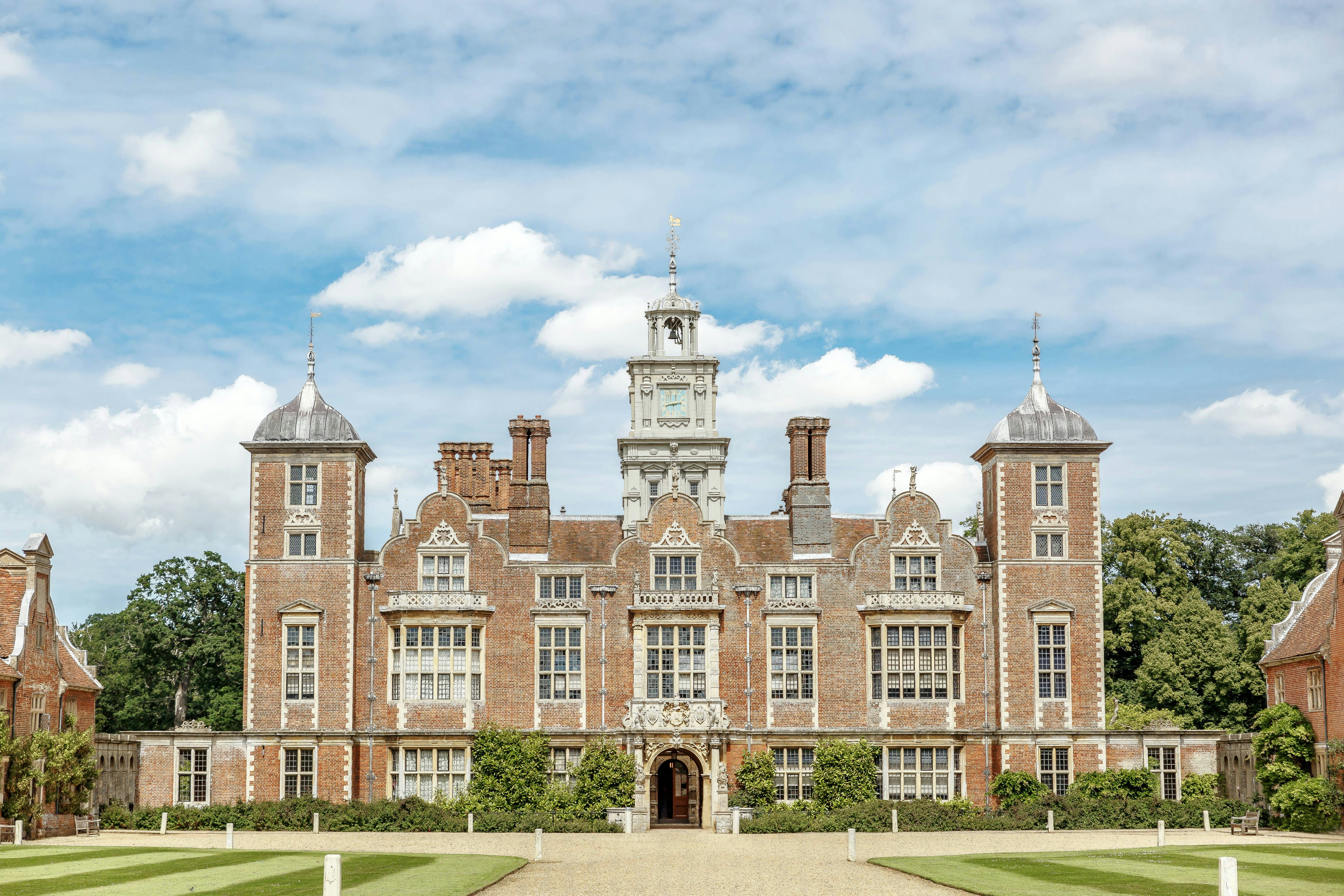
11. See some of Norfolk’s grandest home
While it may feel a little remote today, Norfolk was once the epicenter of extravagant living. Discover just how extravagant at gorgeous Blickling Hall, 14 miles (22.5km) north of Norwich at Aylsham. This was the one-time home of the Boleyn family, who paid a terrible price for marrying their daughter to Henry VIII. The home’s flamboyant interiors feature every imaginable luxury, including some of the finest Jacobean molded plaster ceilings in existence.
About 10 miles (16km) further north toward Cromer, Felbrigg Hall is topped by a curious parapet spelling out the family motto. This historic pile is less ostentatious than Blickling Hall from the outside, but just as extravagant within. Note the hand-painted wallpaper in the Chinese Bedroom, fitted in 1752 but facing a constant threat from insect pests.
This article was adapted from Lonely Planet’s England guidebook, published in June 2025.















